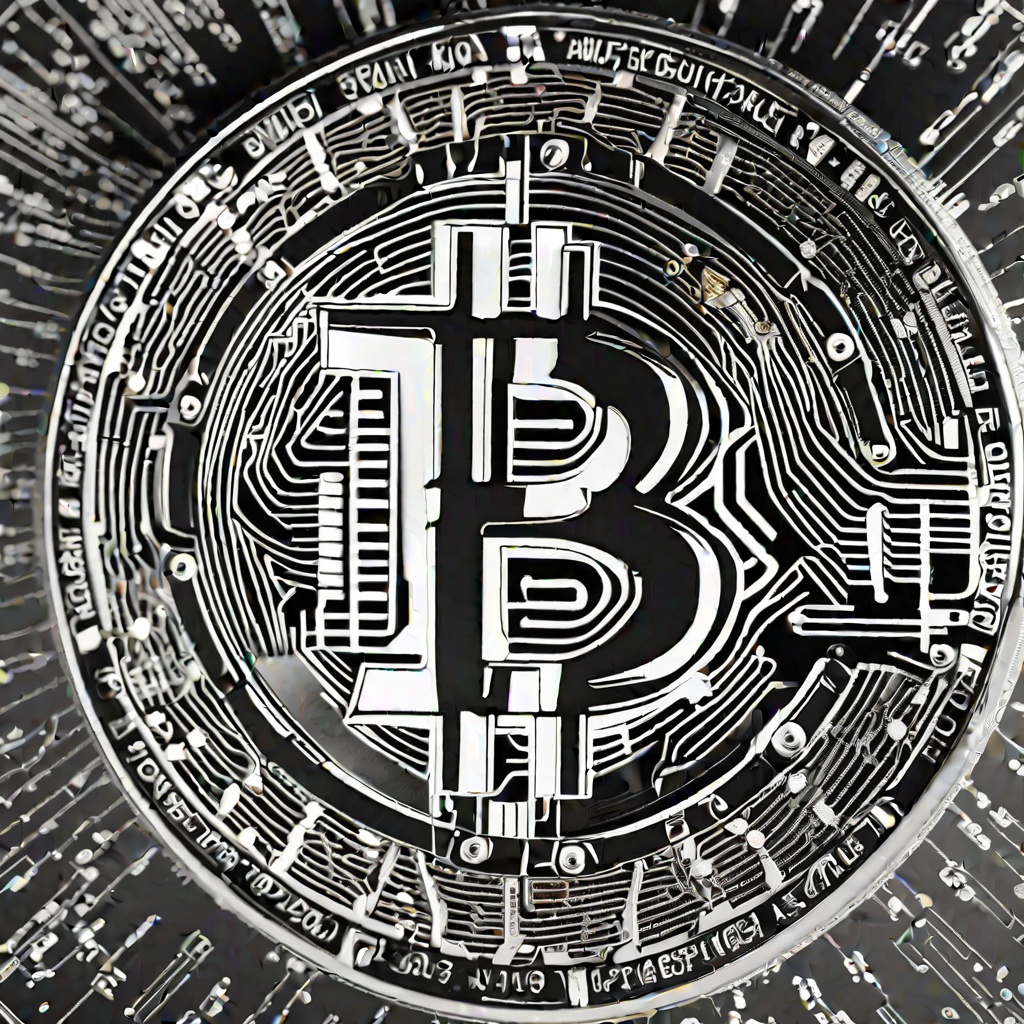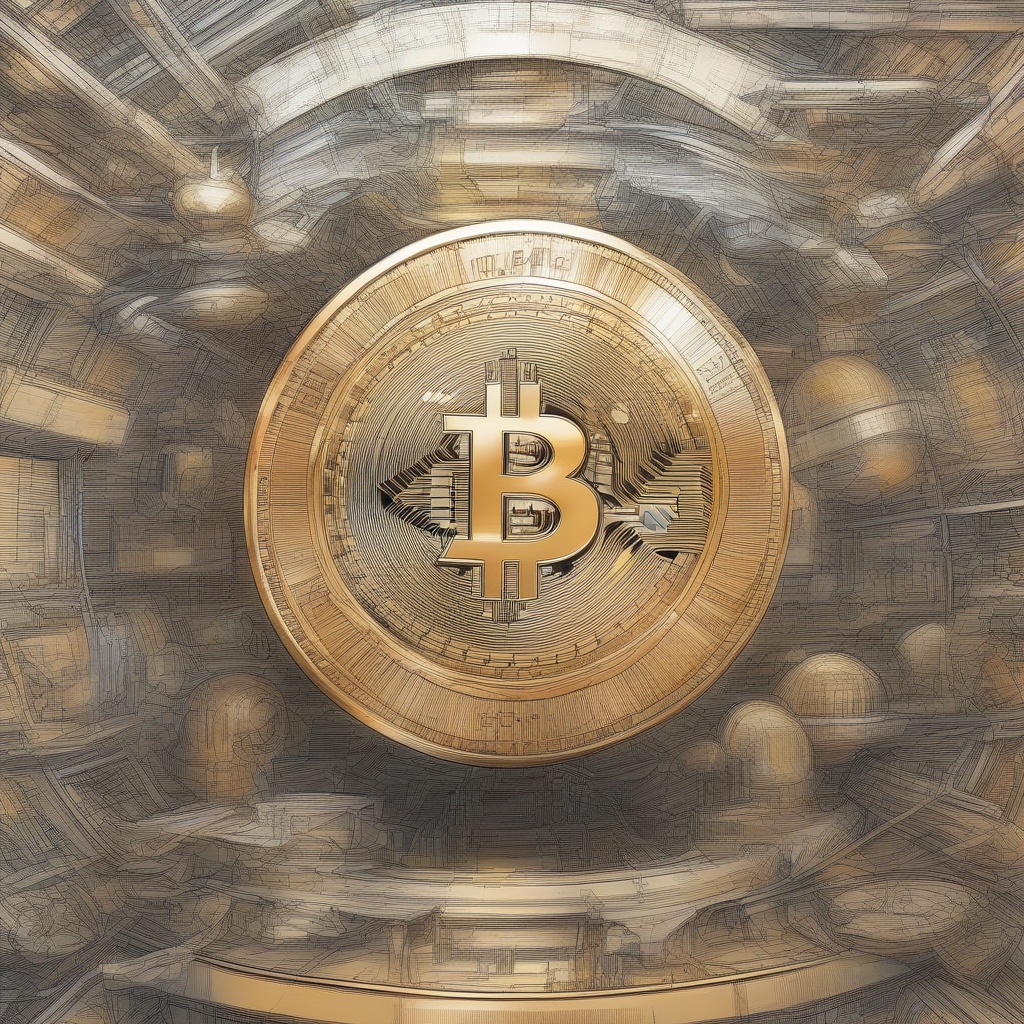Is Ripple a leader in CBDCs and stablecoins?
I'm wondering if Ripple stands out as a leader in the field of Central Bank Digital Currencies (CBDCs) and stablecoins. I want to know if it has a prominent position in this domain.

Can CBDCs replace bitcoin?
Could you elaborate on the possibility of Central Bank Digital Currencies (CBDCs) replacing Bitcoin as a dominant form of digital currency? What are the key differences and advantages that Bitcoin currently holds over CBDCs, and how might the landscape evolve in the future with the increasing adoption of CBDCs globally? Is it feasible for CBDCs to completely supplant Bitcoin, or will they coexist in the digital currency ecosystem?

What is the point of CBDCs?
So, I'm curious, could you please explain to me the main purpose or rationale behind Central Bank Digital Currencies, or CBDCs? I've heard a lot about them lately and I'm wondering what exactly makes them significant and what benefits they could potentially bring to the financial system. Could you elaborate on their purpose and any potential advantages or drawbacks?

Are CBDCs and cryptocurrencies transforming our relationship with money?
Are we truly witnessing a paradigm shift in our relationship with money, as some suggest, with the rise of Central Bank Digital Currencies (CBDCs) and cryptocurrencies? Are these digital assets merely a novelty or are they fundamentally altering the way we perceive, store, and transact with value? How do these innovations compare to traditional forms of currency, and what implications do they hold for financial systems, economies, and individuals worldwide? Furthermore, what challenges and opportunities do CBDCs and cryptocurrencies present for regulators, policymakers, and the broader public?

What is the difference between CBDCs and cryptocurrencies?
Could you please elaborate on the fundamental differences between Central Bank Digital Currencies (CBDCs) and cryptocurrencies? I'm particularly interested in understanding how their issuance, regulation, and usage differ from each other. Additionally, what implications does this have for the future of global finance and monetary policy?

